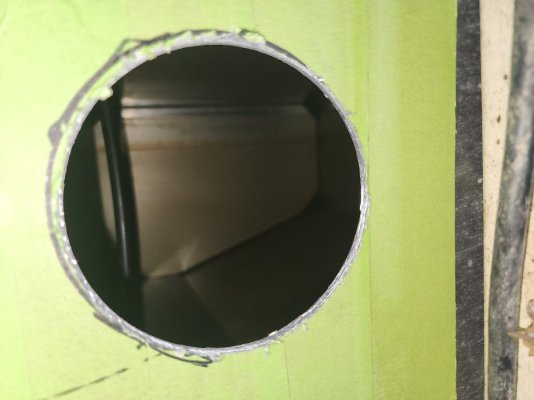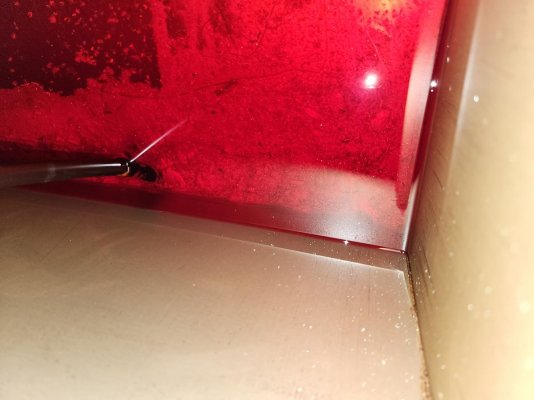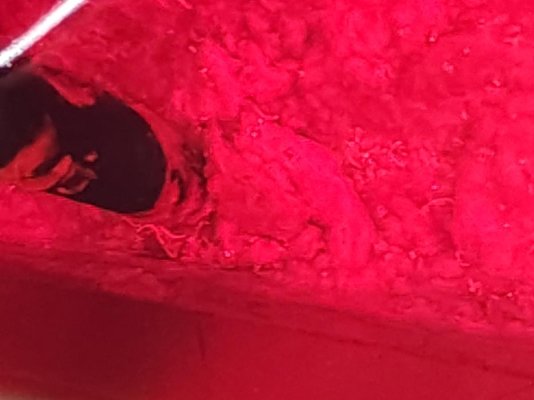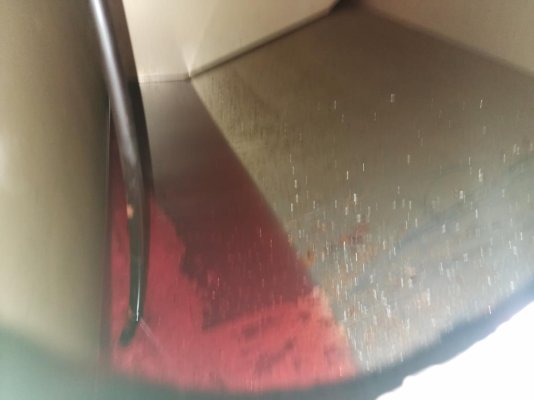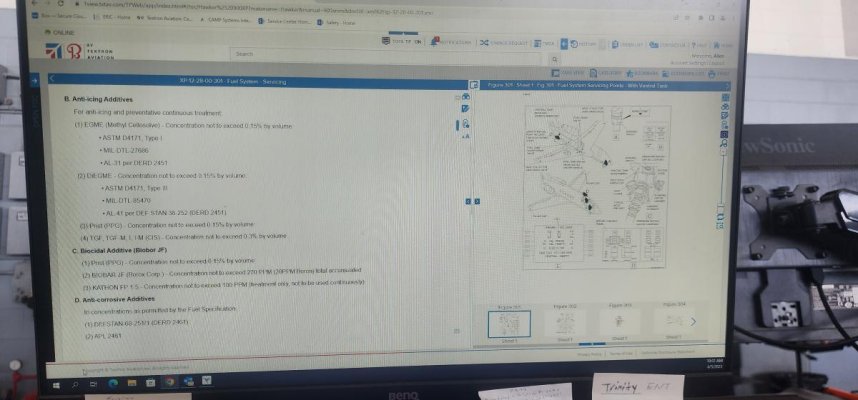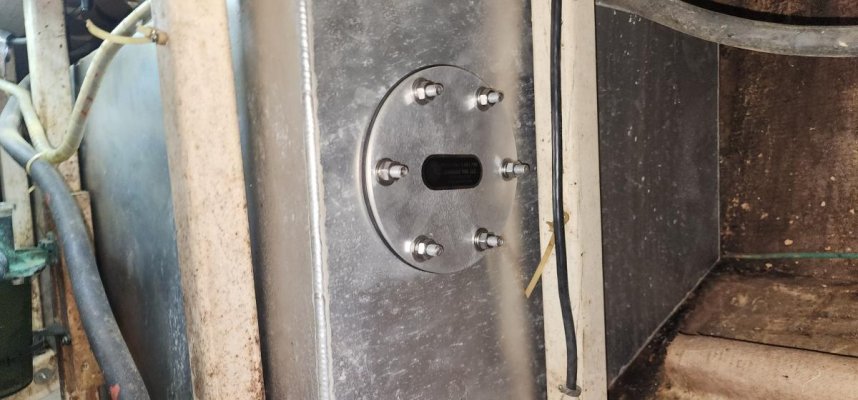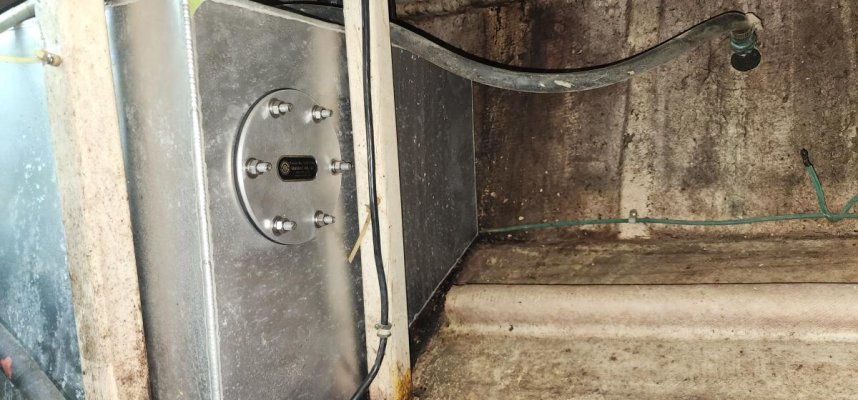Barking Sands
Guru
- Joined
- Dec 24, 2019
- Messages
- 981
- Location
- New Port Richey, Fl
- Vessel Name
- M/V Intrigue
- Vessel Make
- 1985 Tung Hwa Senator
So this past week I was down at the boat. The plan was to check fluids and preflight to have the boat ready so I can take it out for a shakedown run. One additional thing on the list was to do a little fuel filtering on the port tank. Ever since I had the boat the racor showed water now and again. I tracked that to some bad threads on the port deck fuel fill. It made it feel like it was tight but the oring was just not quite seated. Replaced it. Tested the old one by turning it upside down over a cup and pouring water in it. Leaked immediately at a drop a second. So I wanted to cycle some fuel with a basic polishing set up I made on a dolly. Hooked it up just before the clicker pump on the perkins, routed the pump outlet to the port fill. This would route fuel under vacuum through the 900 racor.
After a few minutes i noticed a change in tone on the pump. Went to the racor and had vacuum in the red. Closed the port tank and opened the starboard. Vacuum dropped to near zero. Closed stbd and opened port...very high vacuum. Unhooked the line from the racor to top of tank and blew into it. After a few seconds of resistance it gave way and i heard bubbles in the tank. Hooked line back up and turned on fuel pump and quickly had high vacuum again.
Next day had 60 gallons pulled out by a local fuel cleaning company, bought a 4 inch Milwaukee cutter for the Milwaukee hole saw kit, tapped around the tank to locate baffle and drill an exploritory hole. Used the endescope to take a peak. All clear. Used the 4 inch hole saw and cut a hole 2/3 the way up the front face of the tank, slightly inboard. Here is what I found. Looks like something out of a house of horrors...lol.
After a few minutes i noticed a change in tone on the pump. Went to the racor and had vacuum in the red. Closed the port tank and opened the starboard. Vacuum dropped to near zero. Closed stbd and opened port...very high vacuum. Unhooked the line from the racor to top of tank and blew into it. After a few seconds of resistance it gave way and i heard bubbles in the tank. Hooked line back up and turned on fuel pump and quickly had high vacuum again.
Next day had 60 gallons pulled out by a local fuel cleaning company, bought a 4 inch Milwaukee cutter for the Milwaukee hole saw kit, tapped around the tank to locate baffle and drill an exploritory hole. Used the endescope to take a peak. All clear. Used the 4 inch hole saw and cut a hole 2/3 the way up the front face of the tank, slightly inboard. Here is what I found. Looks like something out of a house of horrors...lol.
Attachments
Last edited:

